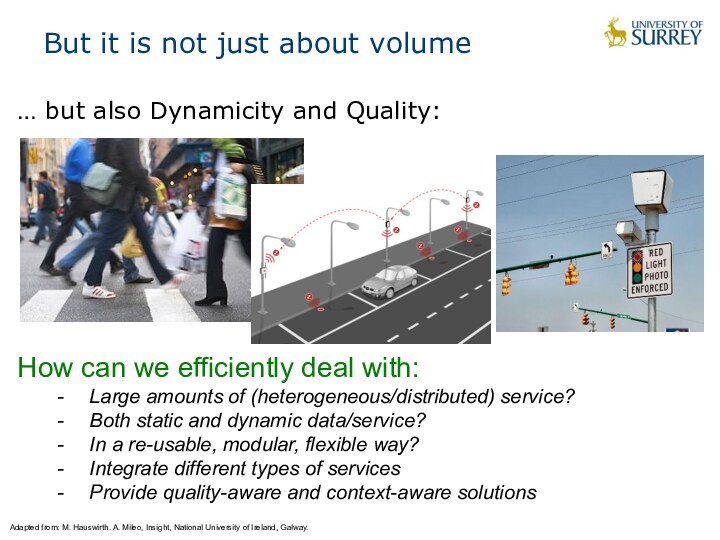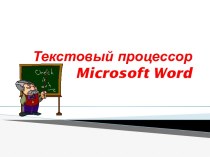introduce the basics of mobile Web service development, to
discuss Web service technologies and how they are building into and are integrated in distributed mobile and Web applications.The second aim is introducing the mechanisms for representing, manipulating and querying structured data (XML) and semantic data (RDF/s, OWL), it also includes data mining techniques and the concept of connected services.
Related toolkits and applications and their use will be discussed.

























































